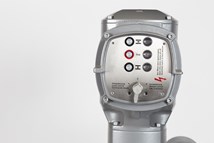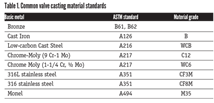U.S. Water-Network Pipes Reflect Aging Infrastructure
According to projections from the EPA, water-pipe replacement rates will peak in 2035 at 16,000 to 20,000 miles of pipes replaced per year—four times the current annual replacement rate of 4,000 to 5,000 miles.
#water-wastewater
Edited by Chris Pasion
According to a report by McKinsey and Company, the average U.S. water-network pipe is 45 years old, with some cast-iron pipes more than a century old. The Midwest and Southeast have seen high rates of breakage in recent years. The aging infrastructure has also led to high water-loss rates from leaks in the water distribution network system.
According to projections from the U.S. Environmental Protection Agency (EPA), water-pipe replacement rates will peak in 2035 at 16,000 to 20,000 miles of pipes replaced per year — four times the current annual replacement rate of 4,000 to 5,000 miles. The EPA also estimates that it could take an investment of up to $839 million per year to replace and monitor the 9.7 million to 12.8 million lead service lines that are currently in use in the United States as a response to the updated Lead and Copper Rule.
RELATED CONTENT
-
DBB and DIB: Which is which?
The term “double block-and-bleed (DBB)” carries a lot of misconception when it’s used to describe valve functionality.
-
Process Instrumentation in Oil and Gas
Process instrumentation is an integral part of any process industry because it allows real time measurement and control of process variables such as levels, flow, pressure, temperature, pH and humidity.
-
Intermediate Class Valves, the Forgotten Classification
These days, piping designers use automated systems that default to standard classifications such as pressure classes of 150 to 2500 for valves and associated equipment.









 Unloading large gate valve.jpg;maxWidth=214)


